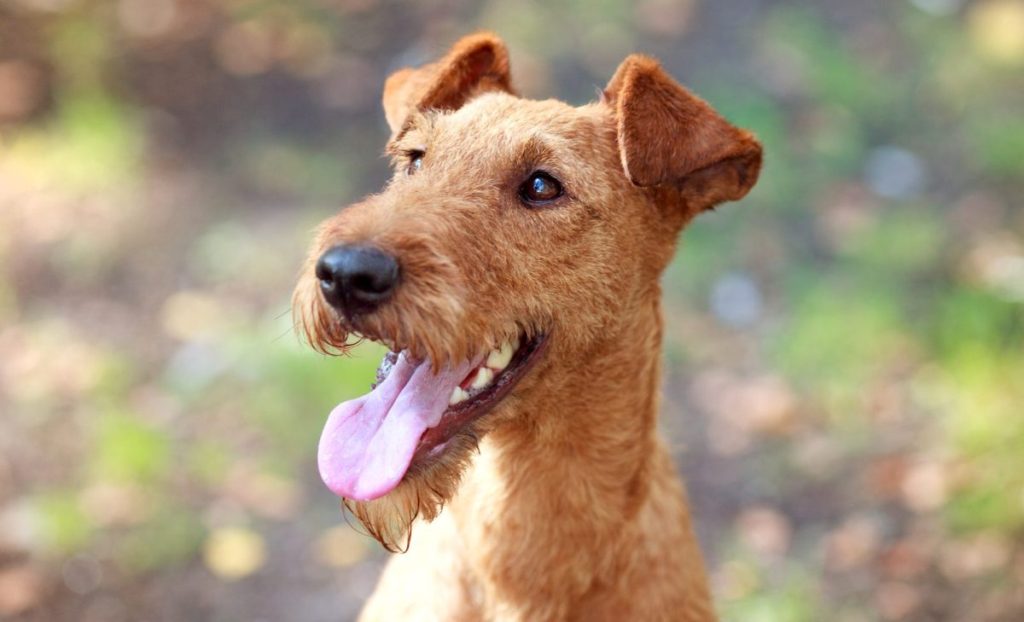The Irish Terrier is a medium-sized terrier breed from Ireland known for their lively and intelligent personalities. One of the oldest terrier breeds, they were once described as the “poor man’s sentinel, the farmer’s friend, and the gentleman’s favorite.” Rugged and stouthearted, these Irish dogs have the advantages of a convenient size and versatile abilities as a companion and watchdog.

Irish Terrier
Statistics
Dog Breed Group
Purebred Dogs
Height
18 to 20 inches tall at the shoulder
Weight
25 to 27 pounds
Life Span
12 to 16 years
Trending
No content yet. Check back later!